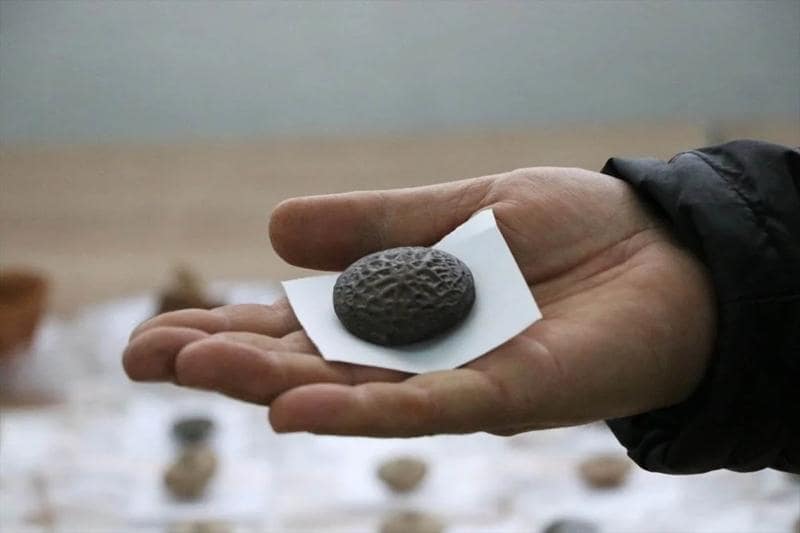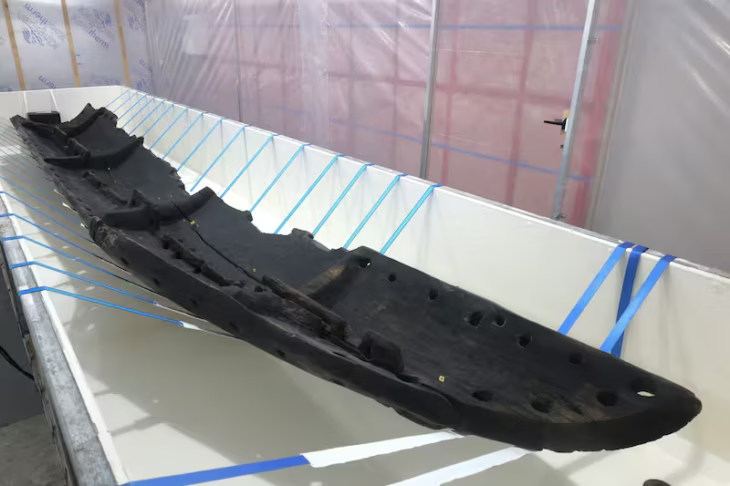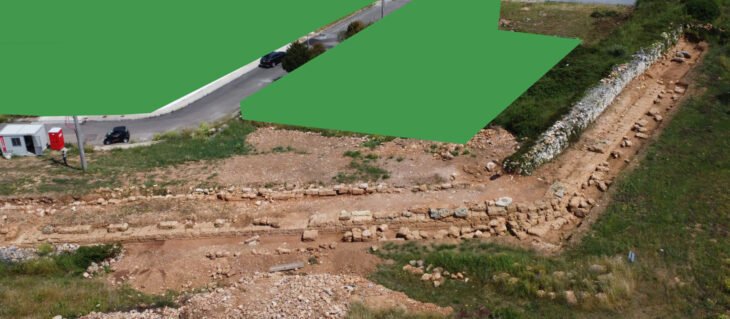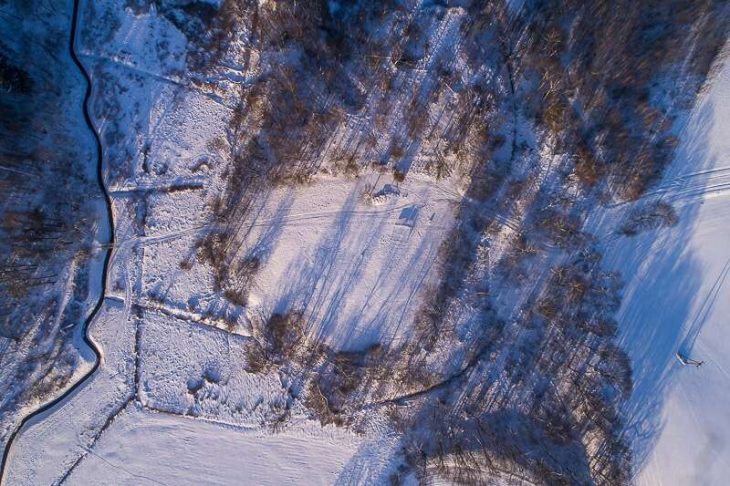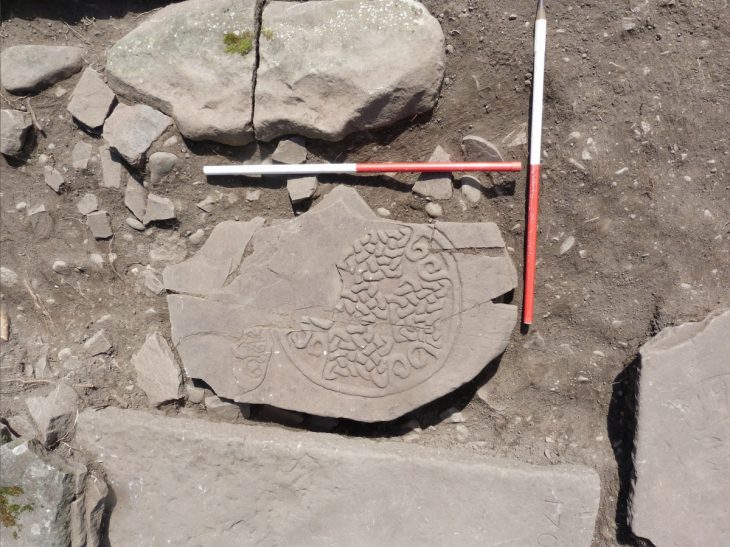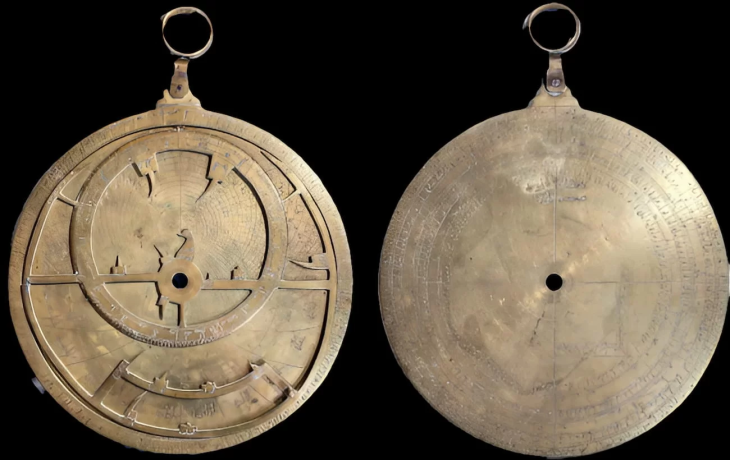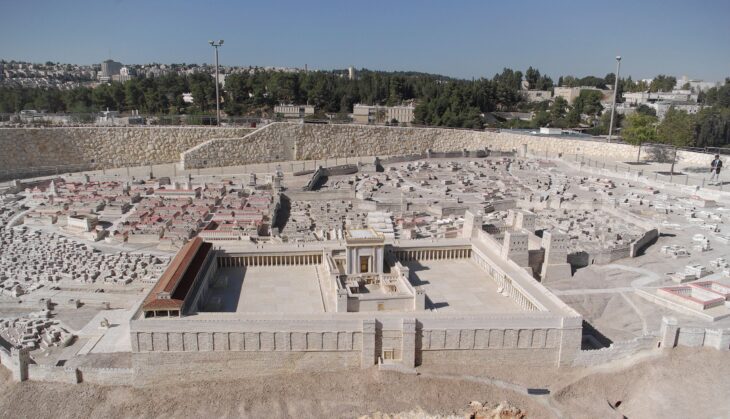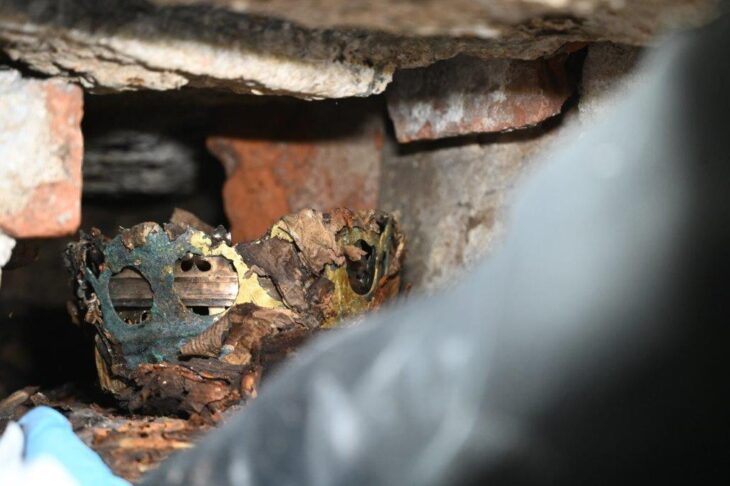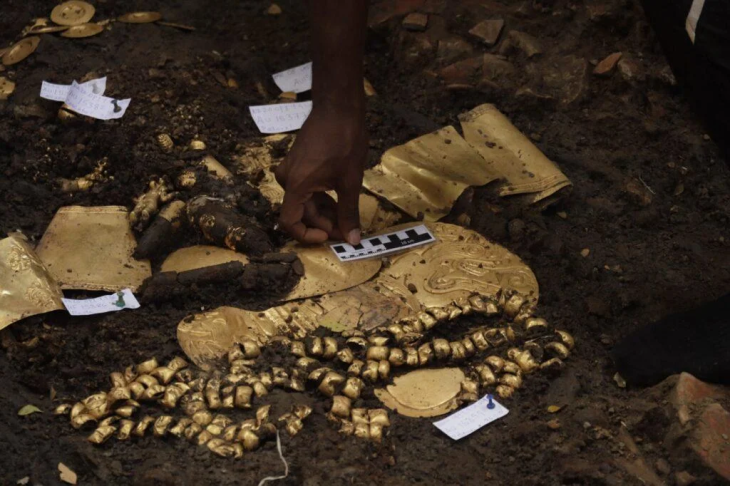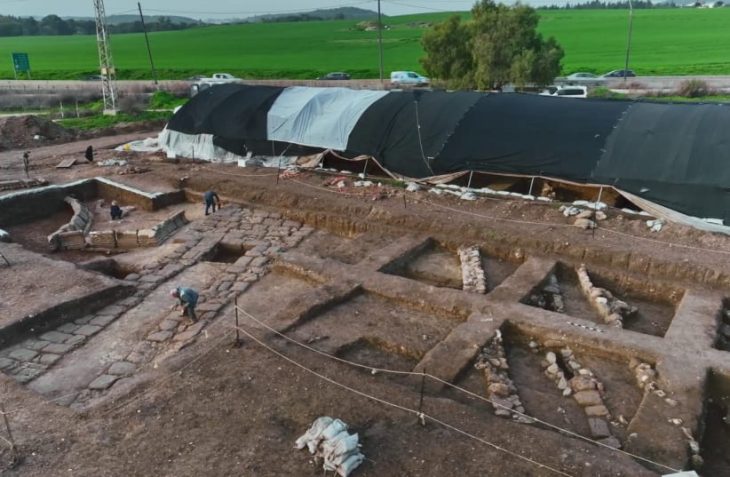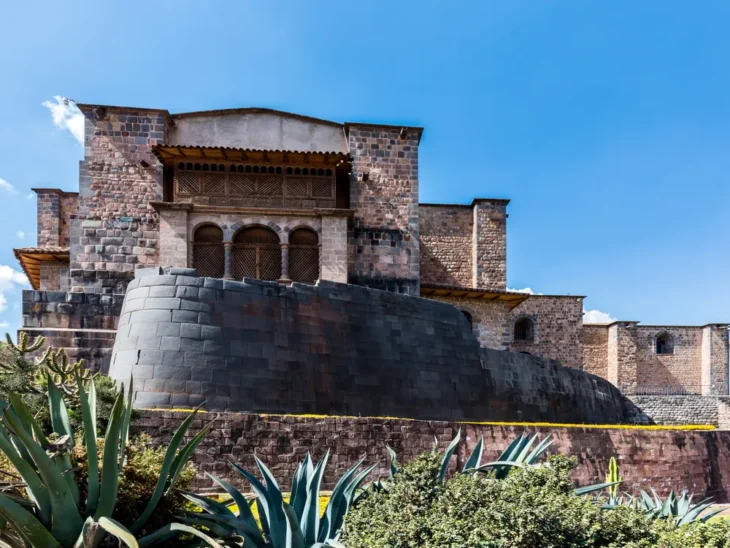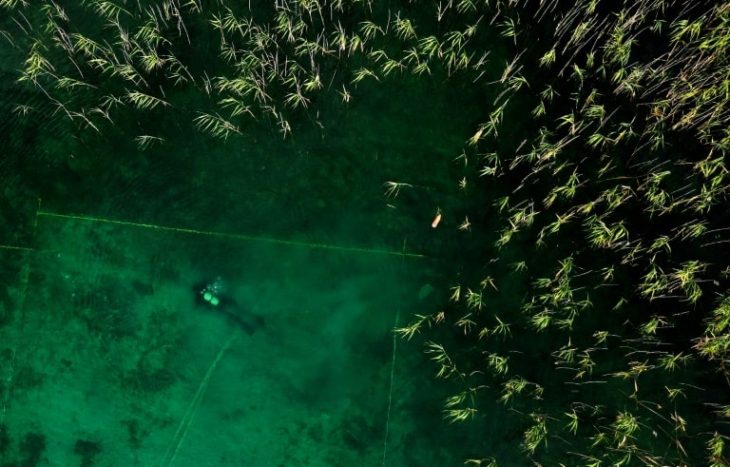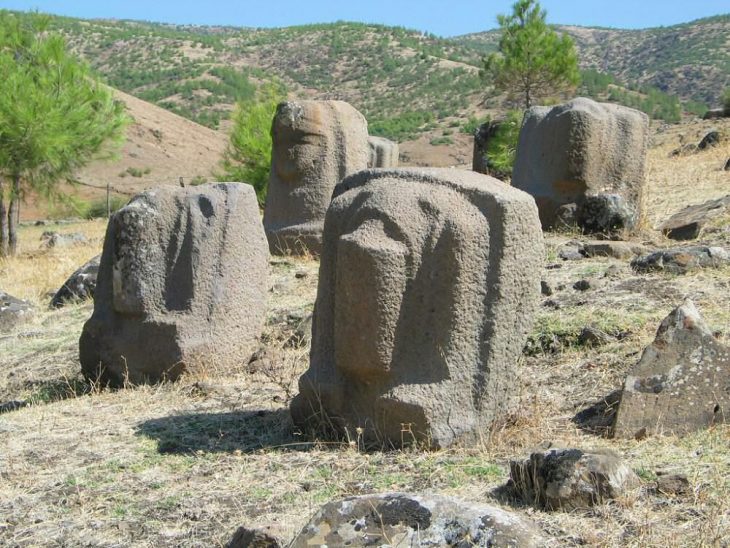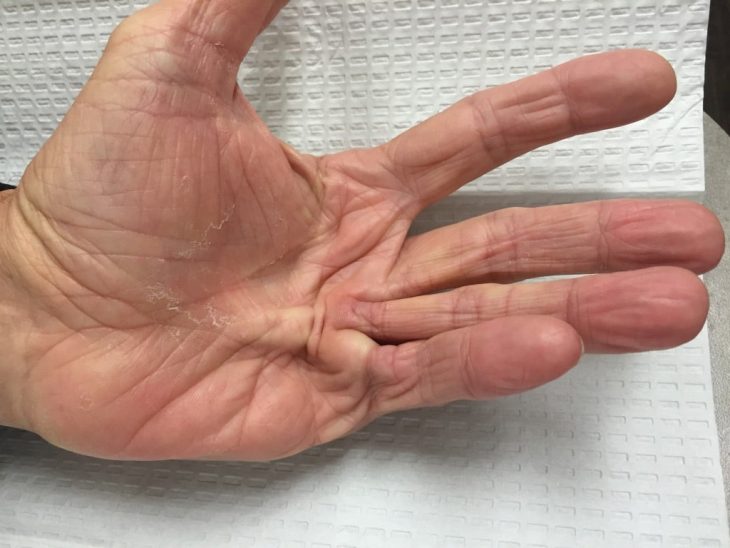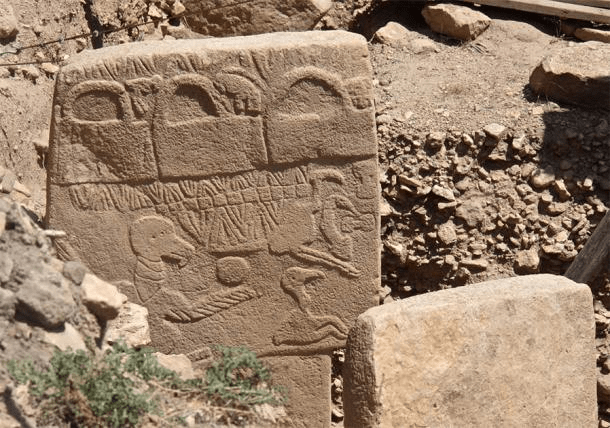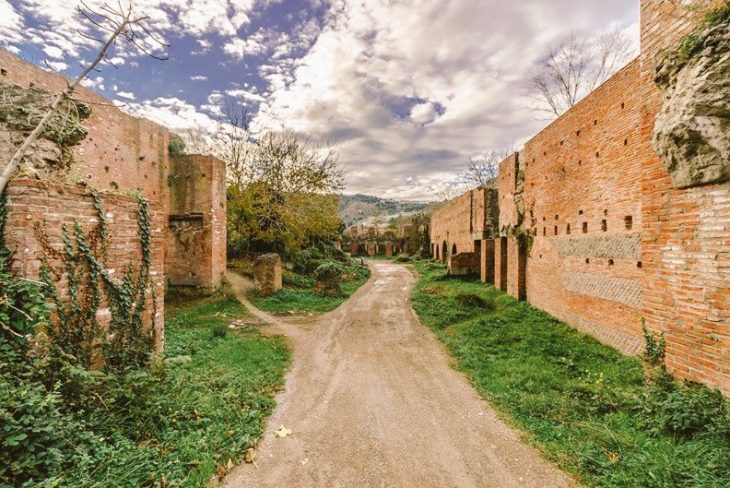During the ongoing excavations in the ancient city of Tyana in the Kemerhisar district of Niğde, a 20-million-year-old fossil thought to belong to a sea creature was unearthed.
Head of the excavation committee and Aksaray University Archeology Department Lecturer Assoc. Dr. Osman Doğanay told Anadolu Agency (AA) that Tyana is the most important city in the Cappadocia region.
Stating that it is known from written documents that the city has been inhabited continuously for at least 4,000 years, Doğanay said that there are many remains of the Bronze and Iron Age, Hittites, Hellenistic, Roman, Byzantine, Seljuk, and Ottoman civilizations in the city.
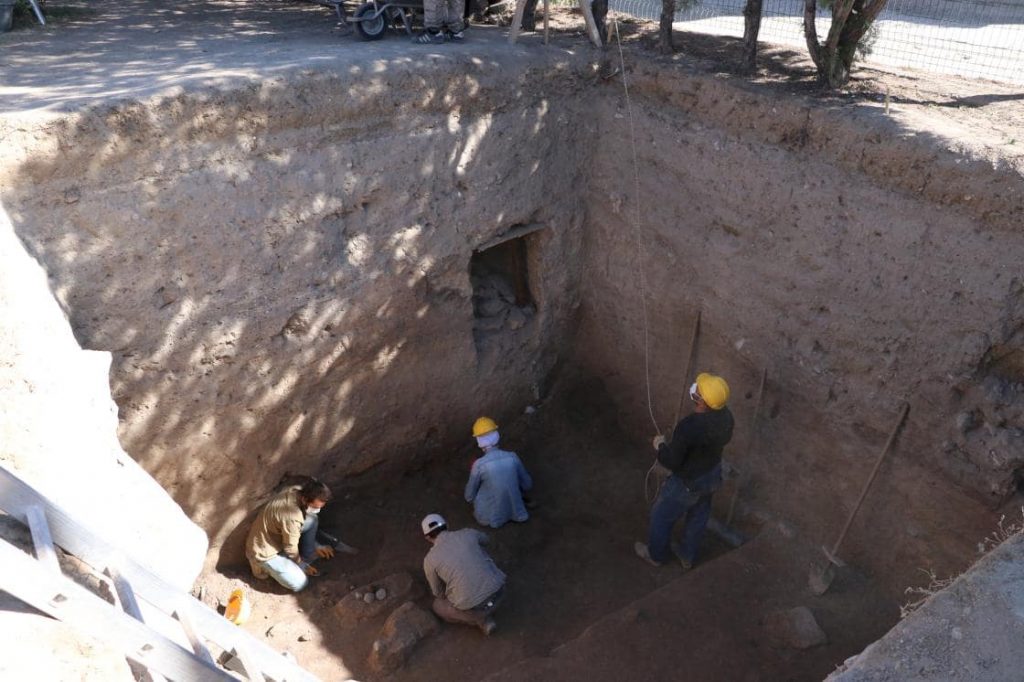
Stating that they started sounding excavations in the south to reach the early period findings of the city, Doğanay said, “We have reached a depth of 4 meters during the excavations that have been going on for 2 months. We have now reached the early phase of the Bronze Age and artifacts from that period. We will reach information and documents. We will prove with archaeological documents the clear information that the settlement in Tyana dates back at least 5-6 thousand years from today,” said.
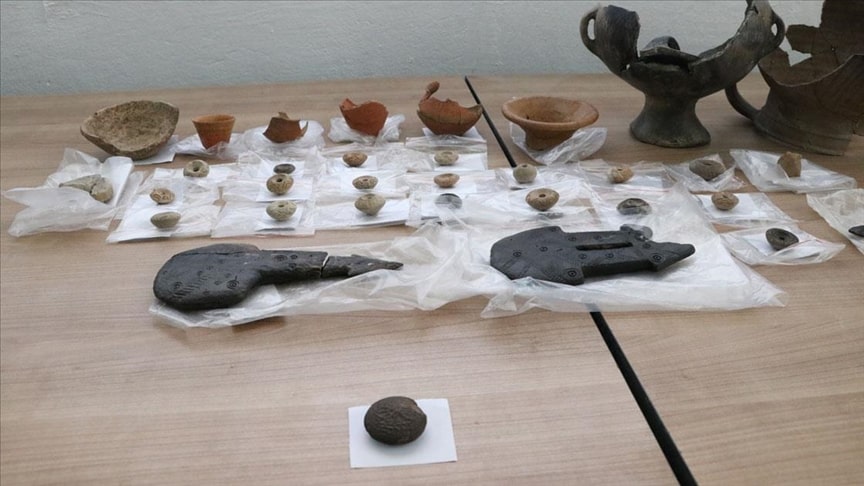
Used as a means of payment
Emphasizing that they reached nearly 200 museum-worthy artifacts in a single sounding, Doğanay continued his speech as follows:
📣 Our WhatsApp channel is now LIVE! Stay up-to-date with the latest news and updates, just click here to follow us on WhatsApp and never miss a thing!!
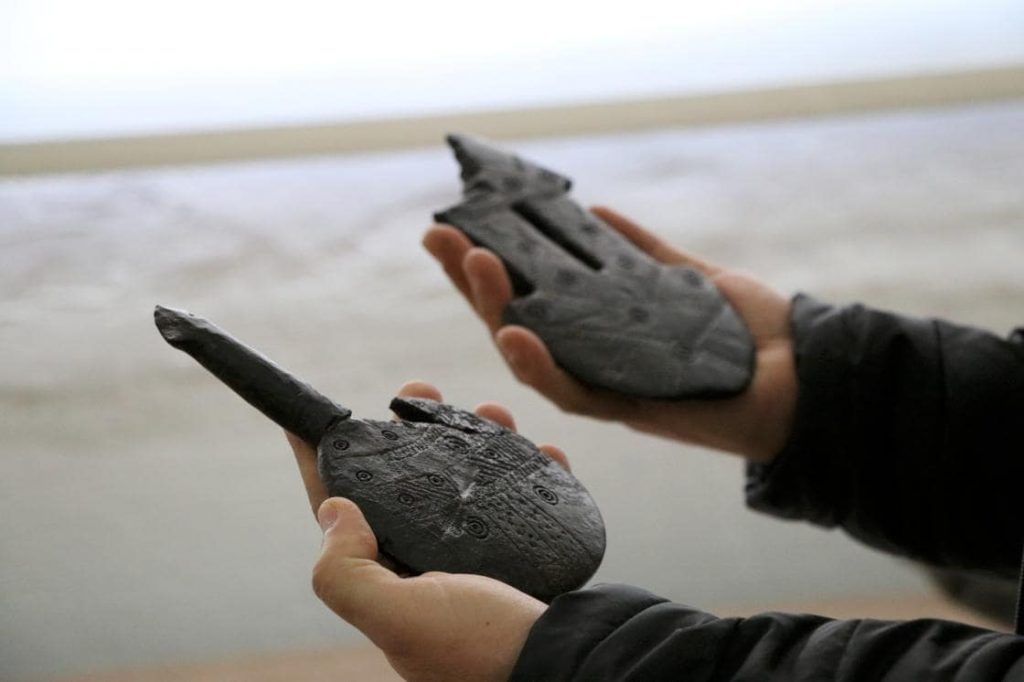
Ceramics and idols are expected finds during the excavations, but we found fossils of sea creatures in the layer belonging to the earliest phase of the Bronze Age. We determined that the fossil was a ‘nummulites’ type sea crustacean from 20 million years ago. We also found small, round discs in the same layer. We speculate that these discs were also used as a means of payment along with the fossil since there are similar examples in Egypt, so apart from ingot (a flat copper plate made of cowhide, used as a means of exchange before the coin was invented) as the earliest means of payment, such discs were also used as a means of payment. “We think that fossils of sea creatures were also used. Of course, we only have one example. We think we will have more of these fossils in the coming season.”
Noting that according to the findings, organized human life in the ancient city of Tyana dates back at least 5,000 years, Doğanay said, “In terms of live life, 20 million years ago, this place was perhaps a seafloor or consisted of a receding sea. “He couldn’t have brought the fossil from far away. He collected it from somewhere around here and maybe he was using it as a means of payment,” he said.

